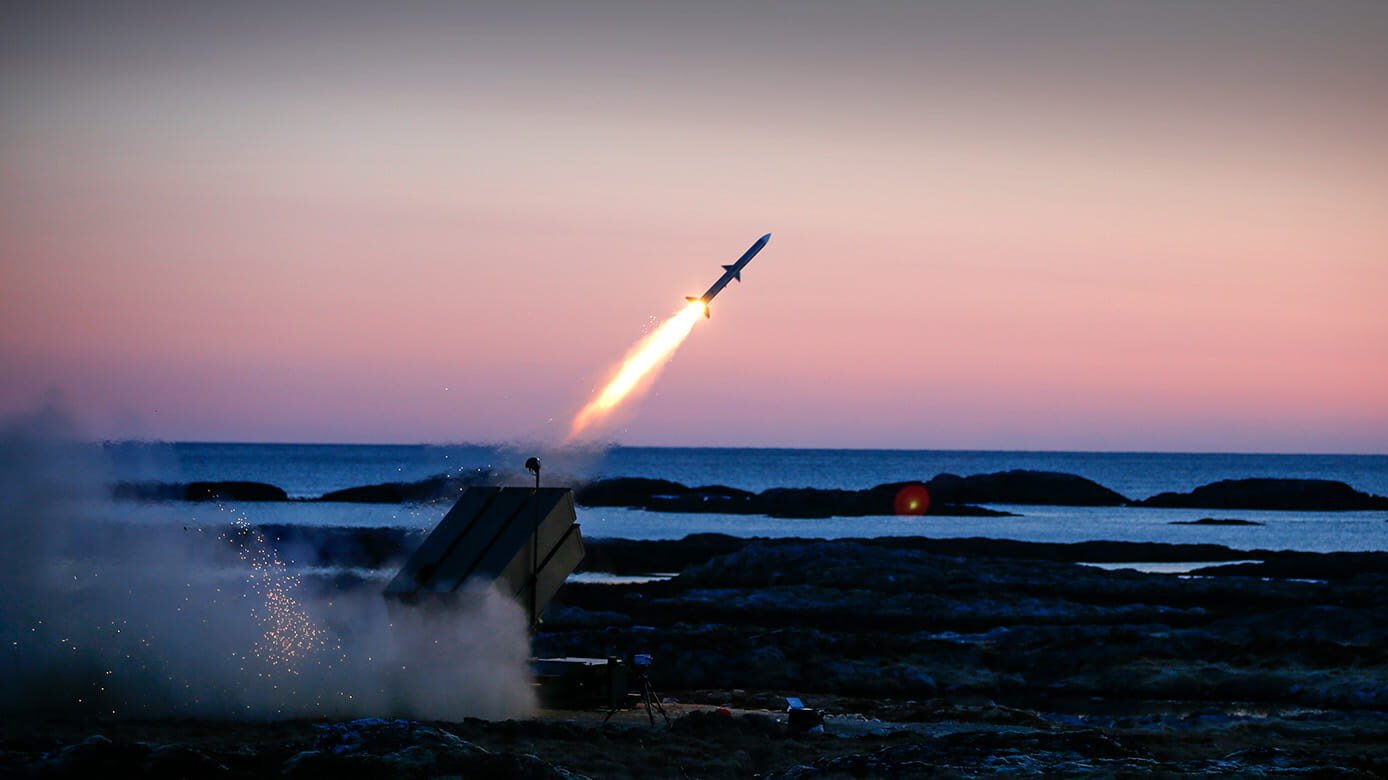MICHAEL MARROW

AIR WARFARE SYMPOSIUM — Robust Ukrainian and Russian air defenses have rendered both sides’ aircraft, particularly those used for close air support missions, largely “worthless” in the war between the two countries, according to a top American Air Force general.
About 60 Ukrainian aircraft and 70 Russian aircraft have been downed in the year since Russia launched its invasion, according to commander of US Air Forces in Europe and Africa Gen. James Hecker, a feat accomplished by the two countries’ highly capable air defense systems that have left much of the battlefield airspace off limits.
“Both of their integrated air and missile defense, especially when you’re talking about going against aircraft, have been very effective,” Hecker said during a roundtable at the Air and Space Force Association’s Air Warfare Symposium. “And that’s why they’re not flying” in many areas, he added.
Russia’s inability to control the skies was an early surprise of the invasion that has generally persisted ever since. As such, both countries’ militaries have had to adapt their tactics for close air support missions, relying more heavily on ordinance like HIMARS-launched rockets to strike ground targets. Aircraft, meanwhile, have mostly had to hang back outside the coverage of air defense systems and employ longer-range weapons, according to Hecker.
“The problem is that both of the Russian as well as the Ukrainian success in integrated air and missile defense made much of those aircraft worthless because they can’t go over and do close air support,” he said when asked about what might be required to reconstitute Ukraine’s diminished air power.
Ukrainian air defenses are composed of a hodgepodge of Soviet-era weapons and more modern Western systems supplied by countries like the US, Germany and the United Kingdom, with each requiring their own specialized training. Ukrainians decide where to position assets, Hecker said, and have been able to effectively defend their airspace despite challenges inherent in fielding several different types of weapon systems.
For as effective as they’ve been, Hecker admitted that America’s help for Ukrainians in integrating different systems in missile and air defense is “not as well as you’d [have] hoped.”
The US and other NATO countries have for months kicked around the idea of sending multi-role F-16 Fighting Falcons to Ukraine, which the country hopes will join future multi-billion hardware transfers alongside other platforms like the M1 Abrams tank. So far, the US has been reluctant to take that step with F-16s, though the UK said it has offered to train Ukrainian pilots on Western aircraft. Ukraine is in need of more aircraft to replenish its losses, though Hecker said their efficacy, especially in close air support roles, could be in doubt due to current air defenses.
“To be honest, I don’t know exactly how many they have left,” Hecker said of Ukraine’s total aircraft inventory, adding that a rough estimate would be about 60.
No comments:
Post a Comment